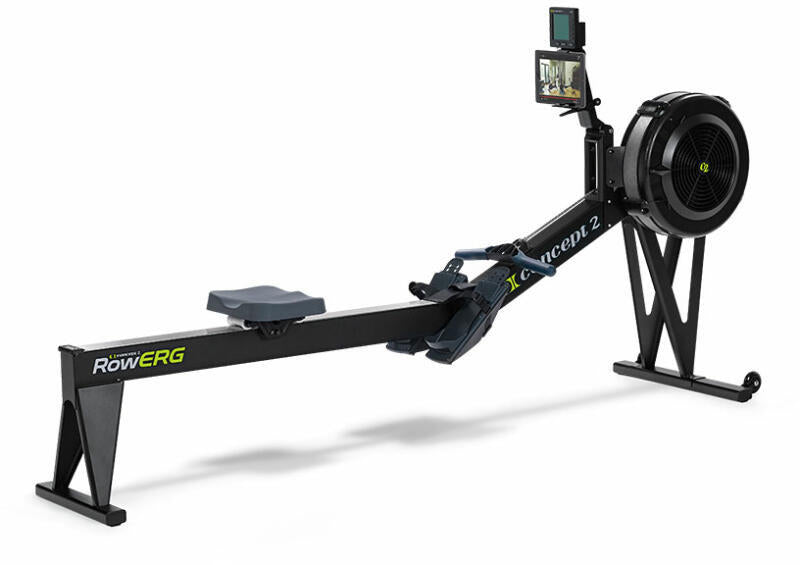
Concept 2, aka why rowing is worth it as a runner
Ferenc Soma Kovács, middle-distance runner for SVSE, national team member, World Championship participant, and National Champion. 800m: 1:47.92, 1500m: 3:34.79 (national record).
It is widely known that athletes from rowing and other water sports often incorporate running into their training to improve or maintain their conditioning. However, the reverse is rarely true: most runners almost never row, whether on water or on a rowing machine. But is this simply because rowing doesn’t offer significant benefits—or might even be disadvantageous for runners—or have professional and amateur runners alike just not realized its potential advantages? Over the past month, I explored this question.
Every season, I try to slightly change my routine and add small or larger novelties to keep progress continuous and smooth. Over the years, this has included altitude training and sauna sessions. For the 2025 season, I placed particular emphasis on cross-training: primarily cycling and swimming. From August, I also started experimenting with a rowing machine, using the Concept2 rower.
So, what convinced me to give the rowing machine a try? First, running is known to train primarily the lower body muscles, making it easy to neglect arm and other core muscles. Rowing, however, is ideal because while the legs dominate the movement, the arms still play a significant but not overwhelming role. In other words, runners can strengthen their arm and shoulder muscles without overdeveloping them.
I like to think of rowing as a series of horizontal jumps forward, making it particularly good for speed development. I typically use the rowing machine once every one to two weeks, usually on a double-training day. I start with a light 15-minute row, followed by ten repetitions of 15-second high-intensity efforts, and finish with a 15-minute cooldown. The structure is very similar to a morning warm-up run: warm-up, fast intervals, and cooldown. Proper posture is crucial, as excessive forward leaning not only increases injury risk but also doesn’t effectively strengthen the deep back muscles.
The Concept2 rower is compatible with a Polar heart rate strap, allowing for real-time performance monitoring. This also means that in the case of injury, a runner can perform the same type of workout on the rower. For example, if someone is injured but would normally run a long session, they can substitute it by rowing for the equivalent duration in the same heart rate zone (roughly 140–155 bpm). From my experience, rowing corresponds much more closely to running than cycling or swimming. I’ve often heard from previously injured runners that they simply could not raise their heart rate above 170 bpm on the bike or in the pool.
In addition to heart rate, power (watts) is an objective metric that effectively monitors training intensity. As a runner, it’s worth studying watt values both on the bike and while running. If you can assign precise watt values to each workout type—fartlek, intervals, etc.—you can execute sessions more efficiently regardless of the cross-training modality. The Concept2 PM5 monitor displays 500-meter split times, power in watts, and calories burned per hour by default.
Personally, I pay attention to the stroke rate (SPM) during high-intensity repetitions. Similar to running cadence, this measures the “turnover rate.” The display allows you to track both SPM and pace on a graph in real time.
